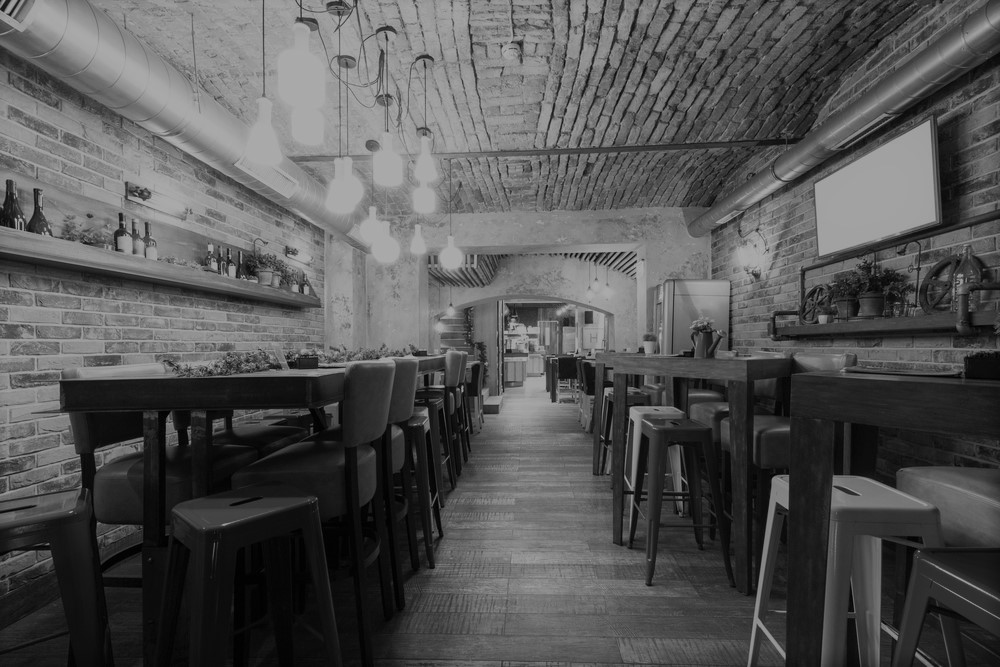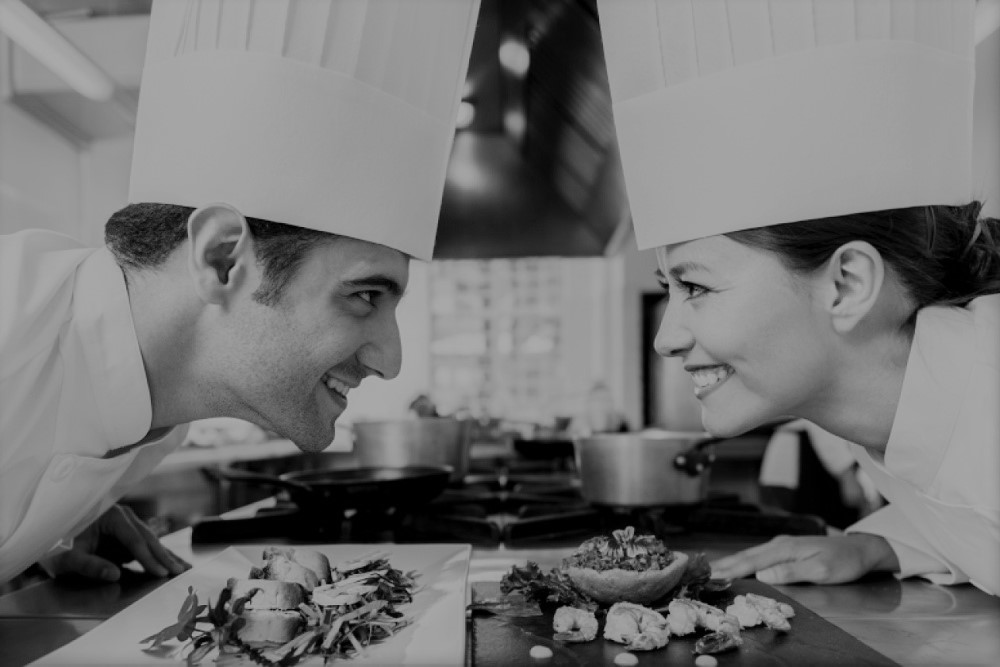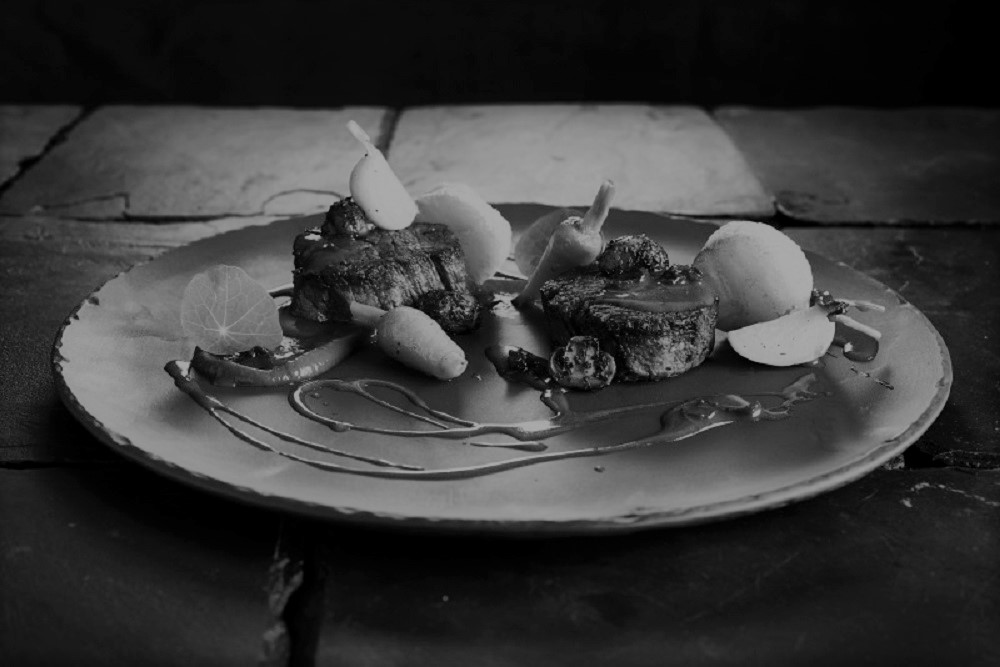Adapting Your Restaurant to Market Changes
Originally Posted on FoodableTV – By Doug Radkey 02/16/2017
The word “sustainability” has been used often of late in various ways within the food and beverage industry, with sustainable energy and ingredients being in the forefront. The word sustainability can easily be defined as the capacity of something being maintained over a period of time, without jeopardizing its future needs.
The same can be said for your concept. It should be able to continue, for the foreseeable future, right?
With ever-changing demographics, the likely saturation of your hyper-local competition, the ever-changing wants and needs of customers, in addition to the changes in ingredient availability plus fluctuation in both food and beverage costs, how can your food service business be ‘sustainable’?
Nothing in life is ever guaranteed, but some aspects are in your control when it comes to your properties longevity — if you approach your restaurants conceptual planning, with the right mindset.

1. Be Scalable
The first thing, and arguably the most important, is ensuring the concept is scalable. This means providing the opportunity to pivot with market changes and position the concept to grow in a strategic manner through menu changes and pricing changes, all while quickly adapting to a newly-opened competitor without losing your overall vision. Introducing a restaurant business model that is based solely on a current food and beverage “trend” is not building a scalable concept.
The second aspect of scalability is engaging the local community. If you have or plan to have multiple locations in different markets, position your concept to operate in different size capacities in addition to having the ability to purchase product from local farms, breweries, and wineries, etc. specific to that market. And through it all, you must of course keep your core value, vision, mission, and culture statements consistent across the board.
2. Be Profitable
At the end of the day, we all need to make money. Can the concept continuously produce a profit for you and all of your shareholders (staff included) over a long period of time? For a long-term budget forecast, consider the rising food, energy, real estate, and wage costs over time for the most accurate projections.
In three years, can your restaurant withstand these increases based on its capacity for seating and production? Can your restaurant adjust prices and control costs in the future based on the current menu style, price mix, and target demographic? Or will your target market turn a blind eye to your brand if you were to raise prices too high? What would be your plan to deliver the perception of value now and in three years?
3. Be Memorable
We all know, or should know, we’re in the business of selling emotions and experiences, not just food and beverage. Delivering new, memorable experiences will keep your customers coming back, time and time again, over a longer period of time.
Can your concept also invest in improving society and the food system all at once? Every aspect of your concept needs to tell a story, explain your key statements, and resonate with your target market. As the market changes, adapt and scale with it.
Today’s industry news is filled with concerns surrounding food costs, energy costs, climate change, wage increases, nutritional factors, and numerous other social issues, which are (thankfully) forcing concepts to operate more socially-focused business. Each of these concerns, however, provide an opportunity for you to tell your story on how you’re adapting and addressing these concerns.
This is why telling the story of where your meat, fish, vegetable, and beverage ingredients come from is so important, as it also helps customers navigate past the notion that their favorite menu item has recently increased in price. To summarize, storytelling develops a lasting memory.
4. Be Consistent
The overall design of a sustainable restaurant starts with the menu and the types of food and beverage preparation that is required to support that menu in a consistent manner. Having the correct FOH and BOH systems in place will create a level of consistency within your restaurant.
The word consistent needs to start at the top, with the owner/operator, and work its way down with a systematic approach. Creating consistency will equally create a level of trust, anticipation, and eagerness to return for all of your customers.
Matching all of the above with the briefly mentioned sustainable energy and sustainable ingredients, in addition to finding solutions to reducing your level of waste, will ultimately position your overall concept to be ‘sustainable’ long-term and adapt to frequent market changes.
It starts with research, design, and multiple levels of planning plus an innovative, progressive mindset. Do you have it?









